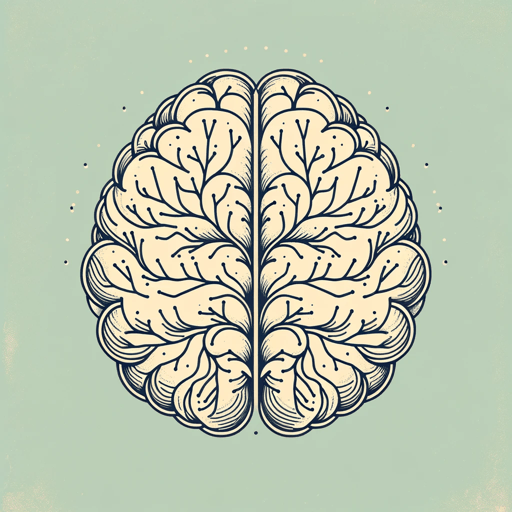35 pages • 1 hour read
Craig GroeschelWinning the War in Your Mind: Change Your Thinking, Change Your Life
Nonfiction | Book | Adult | Published in 2021A modern alternative to SparkNotes and CliffsNotes, SuperSummary offers high-quality Study Guides with detailed chapter summaries and analysis of major themes, characters, and more.
Part 4, Chapter 10-AppendixChapter Summaries & Analyses
Part 4: “The Rejoice Principle”
Part 4, Chapter 10 Summary
Groeschel addresses one of the challenges to the process of creating new neural pathways and reframing our cognitive biases. This challenge is the deep-rooted nature of our fear, panic, and anxiety. Using a personal example of a road rage incident from childhood, Groeschel notes that there are situations where our mental responses are so instinctive as to be almost unmanageable; in his case, seeing a blue van triggers a panicked anxiety rooted in his childhood trauma. These responses come from a part of the brain called the amygdala, where our emotions and survival instincts are rooted. While its rapid responses help us navigate dangerous circumstances, it can also throw us into uncontrolled emotion. However, another part of the brain, the prefrontal cortex, can help balance out the amygdala’s instinct-level responses. Groeschel explains: “Think of your amygdala as your twitchy, amped-up, overcaffeinated, overstimulated, always-on-edge, high-blood-pressure cousin. Think of your prefrontal cortex as your thoughtful, level-headed, realistic, even-tempered uncle with a law degree” (157).
The prefrontal cortex can lead us out of panic and anxiety by helping us focus on something other than our problems. This is illustrated by the biblical story of Elijah’s flight into the desert, when the prophet tried to flee from his problems while dealing with a severe episode of depression.

